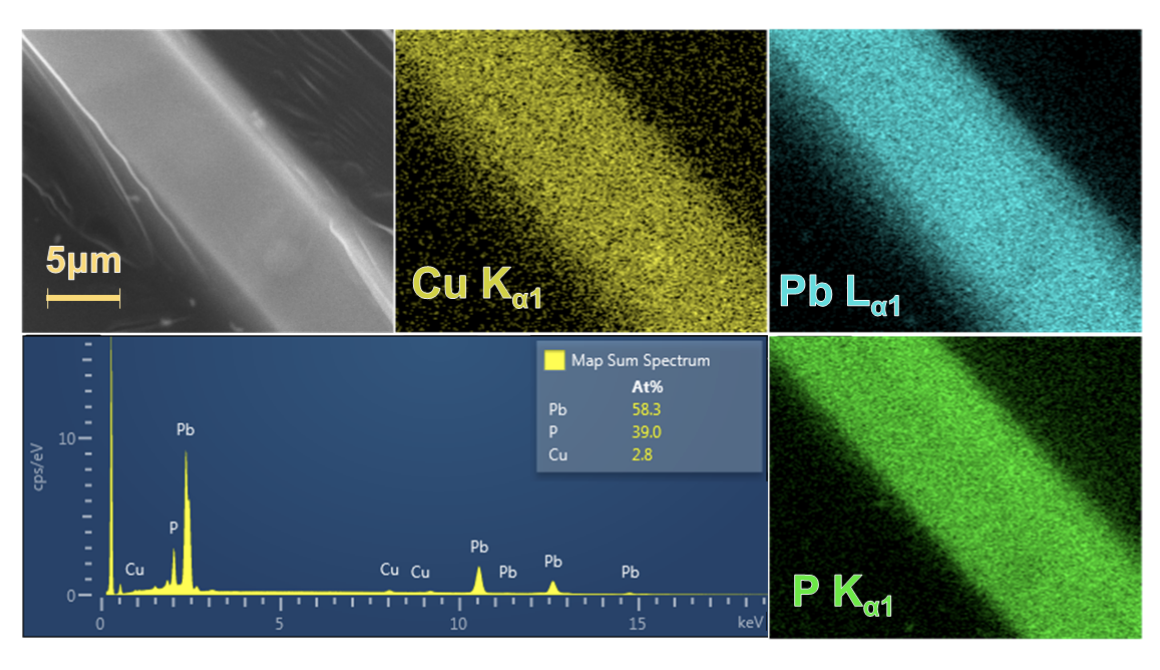Princeton University has reported their research which will post to Arxiv tomorrow. They failed to get superconducting results but could not get the copper to the right lead sites. Results where the group fail to get any partial levitation are not good attempts at replication.
1. Samples following the described synthesis are multi-phase
2. Single crystals of an apatite phase can be isolated and are transparent. Our SXRD solution agrees with published powder pattern
3. Cu doping on Pb site seems not feasible based on formation energy calculations

Here is a link to our recent findings on #LK99 together with @PrincetonPhys and @chhendon, which will appear on arxiv tomorrow. Most important findings are summarized below . https://t.co/156rF5AtNg
— Schoop Lab (@SchoopLab) August 8, 2023
1. Samples following the described synthesis are multi-phase
2. Single crystals of an apatite phase can be isolated and are transparent. Our SXRD solution agrees with published powder pattern
3. Cu doping on Pb site seems not feasible based on formation energy calculations— Schoop Lab (@SchoopLab) August 8, 2023

Brian Wang is a Futurist Thought Leader and a popular Science blogger with 1 million readers per month. His blog Nextbigfuture.com is ranked #1 Science News Blog. It covers many disruptive technology and trends including Space, Robotics, Artificial Intelligence, Medicine, Anti-aging Biotechnology, and Nanotechnology.
Known for identifying cutting edge technologies, he is currently a Co-Founder of a startup and fundraiser for high potential early-stage companies. He is the Head of Research for Allocations for deep technology investments and an Angel Investor at Space Angels.
A frequent speaker at corporations, he has been a TEDx speaker, a Singularity University speaker and guest at numerous interviews for radio and podcasts. He is open to public speaking and advising engagements.


nothing but generation/contamination of Cu2S
What about asking the authors of the original paper for a sample of the fabled superconductor. It would save a lot of time. You got It? Ok, lemme check.
They have given some original samples to some other teams to check. Clearly, the original teams and those they trust to work with samples are taking the time to make very thorough tests. So far a separate Korean validation team has only confirmed that the crystalline structure measurements were good.
How many other labs are we waiting on that are still doing tests? Are they just all going to give up at Princeton? “Well, Princeton didn’t get results, let’s not wait to finish our tests and verify their results.”
That would actually strike me as suspicious, since I can imagine some companies in current industry would stand to lose quite a lot of money if a room temperature superconductor went into mass production with continual refinements.
While it may not be a superconductor, if they could not even get partial levitation like other teams show they did something wrong so the sample is not right.
If they had achieved partial levitation, that would show they did produce a correct sample and based on that sample they could then say that no, it’s only diamagnetism.
This is evident.
They couldn’t even get it to levitate?
Well, it is a liberal arts school. Heh.
Liberal art schools usually have good science programs. Brown for example.
Time for you to apologise to Sabine, I think.
T
The odds are now overwhelming for Sabine’s prediction. However, the peer reviewed analysis of the original LK99 has not been done. The key its over paper, is a recent one where there is phase transition of copper sulfide but not to superconducting levels. Also, with multiple DFT and theory analysis indicating that there are highly promising arrangements of copper atoms, gold and silver substitutions and oxygenation of this arrangement, the material science investigation in this area could eventually lead or be a key puzzle piece to room temperature superconductors. This was an unknown material science zone of interest. Having a fall from hype to a trough of disillusionment until eventual significant development is not the same as it all was completely nothing. If internet interest drops off to nothing but years or decades of work in material science.
I think a more gracious response would have been “yes. Sorry, Sabine”.
But, you know, however you cope with constantly falling for fairytale endings 🙂
Sabine doesn’t need anyone white knighting for her, and in any case, being snide is no way to ask for an apology. Grow up.
Concur. Shame. Though, as Sabine says, this is the most fun that physicists have had since the Cold Fusion debacle.
So, Princeton says it isn’t feasible to get the Cu into the claimed functional location, and that the recipe gives multiple products. Ok. I buy that from my armchair. Is it over?